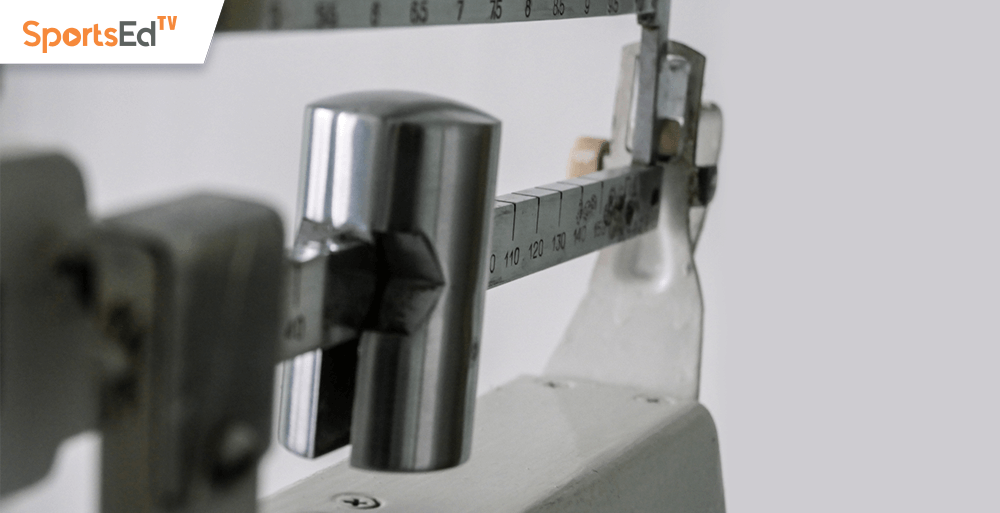Weightlifting
Welcome and thanks for visiting...

Jerk Drives – How to Safely Improve the Jerk by Brian Derwin

Bruce Klemens Photography
Many lifters today talk about how much they can clean, but the official lift is the clean & jerk. Does anyone really care what you can do on only half a lift? Compared to the clean, the jerk is actually a very simple movement to master. In order to improve the odds of a successful jerk, especially after a hard clean, lifters should aim to jerk (from the rack) more weight than they can clean. In this blog, Brian Derwin, a 1980 USA Olympian and coach of Team Spartacus (MN), offers some excellent advice on safely improving the jerk by using an exercise called jerk drives. For details on the stages of the jerk mentioned in this blog, please review this link:
Certainly, this exercise, the jerk drive, is not new. The late Carl Miller, USA Weightlifting’s National Coaching Coordinator, illustrated the move in his 1974 (reissued in 2018) Olympic Lifting Training Manual. Done properly, jerk drives strengthen and reinforce the vertical movement of the dip and drive stages of the jerk.
Jerk drives are a partial range of motion exercise, so greater than 100% loads can be easily employed. I often overload this movement (especially with relative newcomers). Although the exercise itself is very simple, there are some cautionary notes a lifter must observe in order to safely perform the jerk drive.
Proper Weightlifting Equipment is Important
As a coach, my goals are always to 1) improve lifts and 2) keep the athlete in one piece. Jerk drives are a great exercise, but they need to be done safely. Today, we are fortunate to have in many facilities a choice between well-designed squat stands, wooden jerk/pull blocks, or DC Blocks®. Depending on available equipment, small changes in technique are employed for lifters to safely train and improve with jerk drives.
- In the past, jerk drives were often performed inside what is sometimes called a cage or power rack. Here, the barbell rests on pins at the specified starting position. Today, not all facilities have such a structure.
- At Team Spartacus, we occasionally utilize simple squat stands for this exercise. However, squat stands differ somewhat in their basic construction, and a lifter should confirm the proper design before attempting to drive jerks from squat stands. Let me give an example of a problem associated with poorly designed stands.
Back in my competitive days (1970 - 1981), we had little choice but to perform jerks and jerk drives from squat stands that were not intelligently designed. The design problem was the yoke in which the barbell was cradled. Nearly all racks had yokes with short flanges, and it was challenging to safely target replacing the bar in that small space. This is out of the question, especially with jerk drives.
I recall one day trying for a jerk with a max of 215kg/473lbs. I tried (and missed) this weight four times! My only option was to drop the barbell to the platform, strip it down, clean it, and rebuild the full load with the bar on the squat stands. Prior to bumper plates, and even after bumpers, simply lowering a successful heavy jerk to the shoulders (to repeat or to replace) risked injury to one’s rhomboid muscles.
Today, a better design exists. And this is the only type of squat stand recommended for jerk drives.

An example of a well-designed squat stand yoke. Note the short front flange and longer rear flange.
When using squat stands, the athlete:
- Starts facing outward from stands (opposite of squats)
- The bar stays in contact with the stand’s long flange
- Feet are in a jerk position
- Start at the correct dip depth
- Weight can be up to 2x lifter’s best jerk
- The drive is controlled, not aggressive. NOTE: Do not allow the bar to go over and/or behind the longer (taller) rear flange.

The drive must be controlled, as there is no safe way to let the bar fall in front. The bar always remains on the lifter’s shoulders and clavicles during the drive and the return to the start position (bar again resting in the stands).

We recently obtained a quantity of DC Blocks®, the indestructible, lightweight, and easily adjusted (2-inch increments) blocks for pulling or jerking. With these, lifters can raise the barbell off the shoulders at the top of the drive and then let the weights fall on the blocks.
Using DC Blocks® or Jerk Boxes
When using DC Blocks® the athlete:
- Faces either direction
- Feet are in jerk position
- Start with plates on boxes, at the correct dip depth
- Weight can be up to 2x lifter’s best jerk
- The drive is aggressive with the lifter extending up onto the toes, the bar rising from the shoulders and clavicles. The athlete explodes vertically, keeping the bar, shoulders, hips, and ankles in a straight line.


When using DC Blocks® there is no attempt to shoulder the falling weights or to arrest the bar’s descent. Simply drive the bar vertically, then step back (or dip down), letting the bar fall on the DC Blocks®.

Final Thoughts
When training athletes in the jerk, I first look for the proper receiving position overhead. Once that is achieved, I want to build an explosive jerk, achieved by emphasizing the jerk drive. Lifters should feel the bar flex during the conversion from the dip to the drive phases of the jerk. As weights increase, the barbell will bend and rebound upward.
Initially, I was concerned that the use of squat racks would not sufficiently develop this speed. I found that the squat rack version did improve the ability to snap a bar up. The DC Blocks® achieve the snap and allow a safe catching component. But the takeaway is: if you only have proper squat stands, you can still develop good explosiveness in the jerk.
In our training hall, we have both squat stands and DC Blocks®. Good luck with your training!








